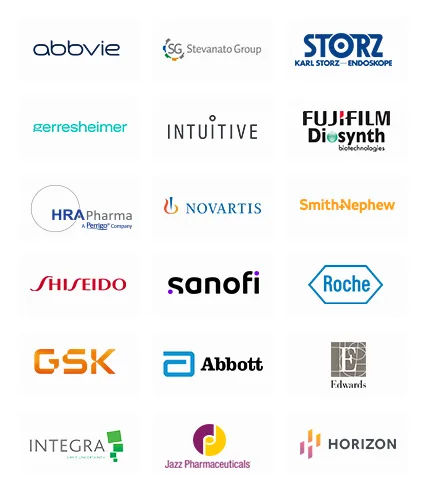Market Statistics
| Study Period | 2019 - 2030 |
| 2024 Market Size | USD 350.9 Million |
| 2025 Market Size | USD 386.7 Million |
| 2030 Forecast | USD 627.4 Million |
| Growth Rate(CAGR) | 10.2% |
| Largest Region | North America |
| Fastest Growing Region | Asia-Pacific |
| Nature of the Market | Fragmented |
| Largest End User Category | Hospitals |

